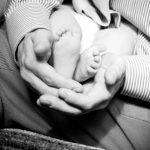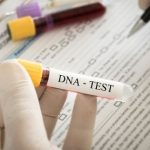Classic autism strikes boys four times more often than girls, with the inclusion of milder variations (Asperger syndrome) boys are ten times more likely than girls to be diagnosed.
UCLA Scientists link genetic variant to autism risk. This discovery may explain the gap in autism cases between boys and girls. Dr. Stanley Nelson, professor of human genetics at the David Geffen School of Medicine at UCLA and his team narrowed their research on a region of chromosome 17 that previous studies have tied to autism. In that region they discovered a variant of a gene (a gene that is essentially the same as another, but has mutational differences) called CACNA1G. Dr. Stanley Nelson and his team looked at the DNA of 1,046 members of families with at least two sons affected by autism for common gene variants.
According to Dr. Stanley Nelson, “We wanted to identify what was happening in this region of chromosome 17 that boosts autism risk. When the same genetic markers kept cropping up in a single region of the DNA, we knew we had uncovered a big clue.”
The researcher team traced the genetic markers to CACNA1G. CACNA1G helps move calcium between cells. They discovered a common variant that appears in the DNA of nearly 40 percent of the population studied.
“This alternate form of CACNA1G consistently increased the correlation to autism spectrum disorders, suggesting that inheriting the gene may heighten a child’s risk of developing autism,” Nelson said, but he emphasized that it cannot be considered a risk factor on its own. “This variant is a single piece of the puzzle,” he said. “We need a larger sample size to identify all of the genes involved in autism and to solve the whole puzzle of this disease.”
This study was funded by the National Institute of Mental Health and Cure Autism Now. The DNA samples were provided by the Los Angeles–based Autism Genetic Resource Exchange (AGRE).




